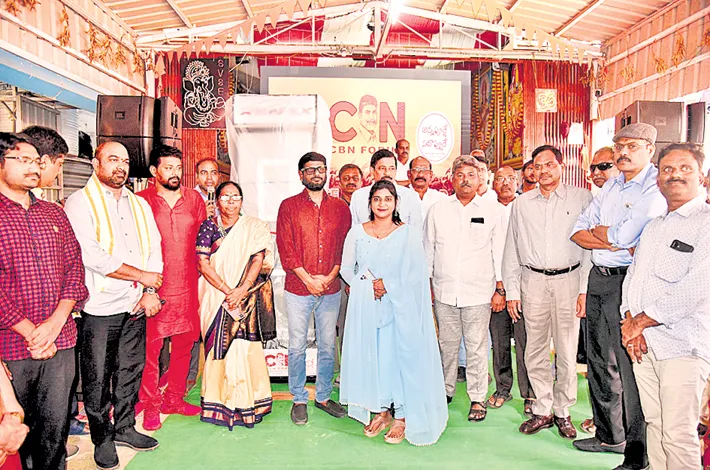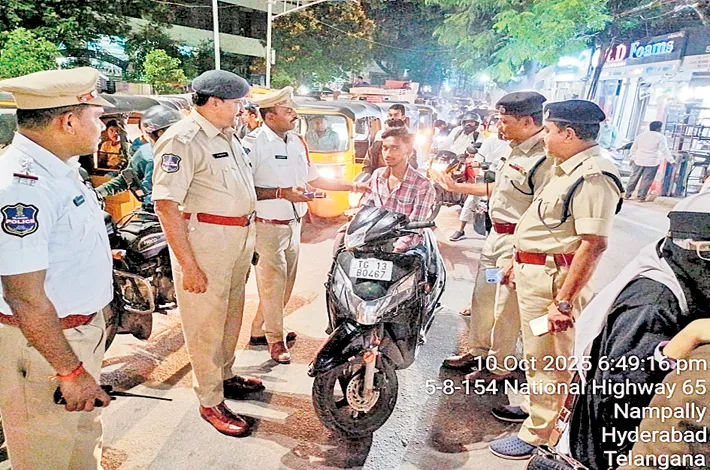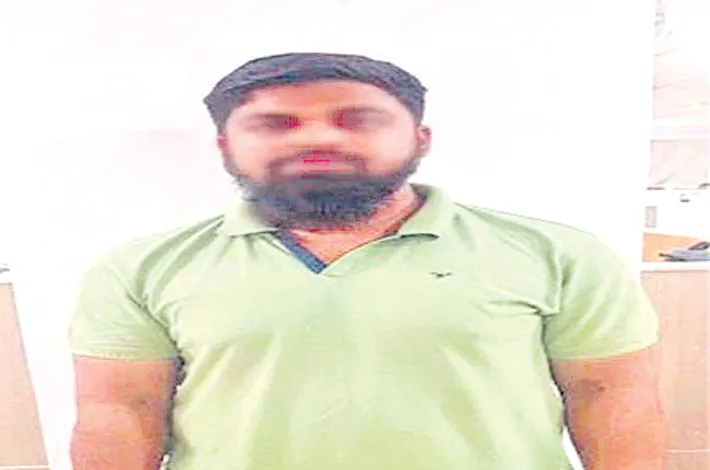Poor go hungry, rich battle obesity: Study
05-06-2025 12:00:00 AM

The latest Telangana data, gathered between August 2023 and January 2024, focused on two groups: the Younger Cohort aged 22 and the Older Cohort aged 29
metro india news I hyderabad
A recent health survey has revealed a worrying nutritional crisis among Telangana’s youth, who are now facing the “double burden of malnutrition”—a simultaneous rise in both undernutrition and obesity. The survey, released on May 31, highlights how socio-economic disparities and changing lifestyles are deepening health inequalities in the state.
The findings come from the Young Lives Round 7 survey conducted by the Centre for Economic and Social Studies. This international longitudinal study tracks children from India (Andhra Pradesh and Telangana), Ethiopia, Peru, and Vietnam. The latest Telangana data, gathered between August 2023 and January 2024, focused on two groups: the Younger Cohort aged 22 and the Older Cohort aged 29. It sheds light on their nutrition, health, and mental well-being as they transition into adulthood.
According to the survey, 29% of 22-year-olds in Telangana are underweight, while 19% are overweight or obese. Among the 29-year-olds, obesity rises sharply to 35%. These figures illustrate a widening divide; undernutrition is more common among rural women and youth from Scheduled Castes (SC) and Scheduled Tribes (ST), while obesity primarily affects urban men from wealthier and socially advantaged backgrounds.
Dietary diversity has seen some improvement since 2016 but remains inadequate. Only 37% of the Younger Cohort consumed more than five out of ten recommended food groups in the 24 hours before the survey, up from 23% in 2016. Yet, consumption of vitamin A-rich fruits and vegetables remains very low—only one in six reported eating these nutrient-rich foods.
Unhealthy eating habits are more evident in the Older Cohort. Among obese youth, 38% frequently consumed sugary drinks, and over half regularly ate salty and fried snacks. This trend points to a shift towards processed, nutrient-poor diets, especially in urban areas.
Access to nutritious food is closely linked to caste, location, and wealth. SC youth had the highest underweight rate at 40% and the lowest dietary diversity, while those from wealthier families enjoyed a wider range of foods and lower undernutrition.
Despite government schemes such as Arogya Lakshmi, Balamrutham, and the Public Distribution System (PDS), challenges remain. Poor food quality, irregular supply, and inefficiencies in delivery hinder progress. Alarmingly, 87% of tribal adolescent girls continue to be underweight or stunted, highlighting the urgent need for targeted, effective interventions to combat malnutrition in Telangana.








